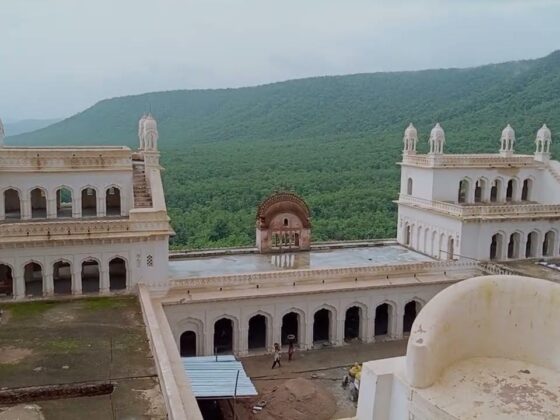The Gohil Dynasty: A Glorious Legacy of Rajput Valor and Heritage

The Gohil Dynasty stands as one of the most remarkable and respected Rajput dynasties in India. With a legacy that spans centuries, the Gohils significantly shaped the cultural, military, and political landscape of Gujarat and the broader Indian subcontinent. This article explores their origins, rise to power, cultural contributions, military prowess, and modern-day influence.
Origins of the Gohil Dynasty
The Gohil Dynasty’s roots trace back to the Rajput clan of Gohil, a noble family from Gujarat. The dynasty began in the 14th century. It was founded by Raja Gohil, a warrior king who led his people with courage and wisdom. Raja Gohil migrated with his family to Gujarat, where he established his rule. Over time, the Gohil family became a powerful force in the region, laying the foundation for their future glory.
The Rise to Power
Under the leadership of Maharaja Gohil, the dynasty rose to prominence. He played a key role in establishing the Gohils’ sovereignty over Gujarat. He was known for his strategic foresight, diplomatic skills, and military strength. Maharaja Gohil made Bhavnagar his capital, turning it into a vital cultural and political center. From here, the Gohils defended their territory from external invasions and expanded their influence across Gujarat. They earned respect from neighboring states and empires.
Military Prowess and Strategic Alliances
The Gohil Dynasty became well-known for its military abilities. Their army was disciplined and courageous, allowing them to fend off threats to their territory. The Gohils defended Gujarat during Mughal invasions and maintained their sovereignty. Maharaja Raja Gohil led several military campaigns to secure his region from invaders, ensuring the dynasty’s survival.
Additionally, the Gohils formed strategic alliances with the Marathas and Mughals, securing their political and military dominance in the region. These alliances helped solidify their rule and ensured their continued prominence.
Cultural Contributions and Architectural Marvels
While military success played a major role in their legacy, the Gohils also contributed significantly to art, architecture, and culture. They built several stunning structures, many of which still stand today as evidence of their grandeur.
-
Forts and Palaces: The Gohils constructed magnificent forts and palaces throughout Gujarat. Bhavnagar Fort remains one of their most famous landmarks. The fort showcases their architectural brilliance, blending Rajput and Mughal styles.
-
Temples and Havelis: The Gohils were also responsible for the construction of many temples and havelis. These structures reflect the artistic and religious values of the time. For instance, the Sri Swaminarayan Mandir in Bhavnagar is a symbol of their cultural legacy.
-
Literature and Music: The Gohils supported artists, poets, and musicians, helping to foster the growth of Gujarati literature and music. Their patronage enriched the cultural scene, and their influence is still felt in Gujarat’s artistic traditions.
The Decline of the Gohil Dynasty
Over time, the Gohil Dynasty faced several challenges. Internal disputes, external invasions, and the growing influence of the British East India Company contributed to the dynasty’s decline. While the Gohils once held considerable power, they gradually lost their influence as the political landscape of India changed.
Despite their decline, the Gohil rulers retained some authority in their territories. Their influence diminished, but they remained important figures in Gujarat’s history. Even after the fall of their dynasty, their cultural contributions continued to resonate in the region.
Gohil Dynasty in the Modern Era
Although the Gohils lost their political power after India’s independence in 1947, their legacy remains strong. The Gohil family continues to play a role in preserving the history and culture of the region. Maharaja Gohil, a descendant of the royal family, is an influential figure today. He actively promotes the cultural significance of the Gohil Dynasty and supports various philanthropic activities.
The Gohil family remains involved in education, arts, and historical preservation, ensuring that the legacy of their ancestors endures for future generations.
Conclusion: A Legacy That Endures
The Gohil Dynasty’s legacy endures as a symbol of Rajput valor, governance, and cultural patronage. Their military achievements, architectural marvels, and cultural contributions have left a lasting mark on Gujarat’s history. Today, their descendants continue to honor their heritage, promoting the legacy of the Gohil family.
By preserving historical monuments and supporting cultural traditions, the Gohil Dynasty remains an integral part of Gujarat’s rich history. Their story is one of resilience, grandeur, and lasting influence.









